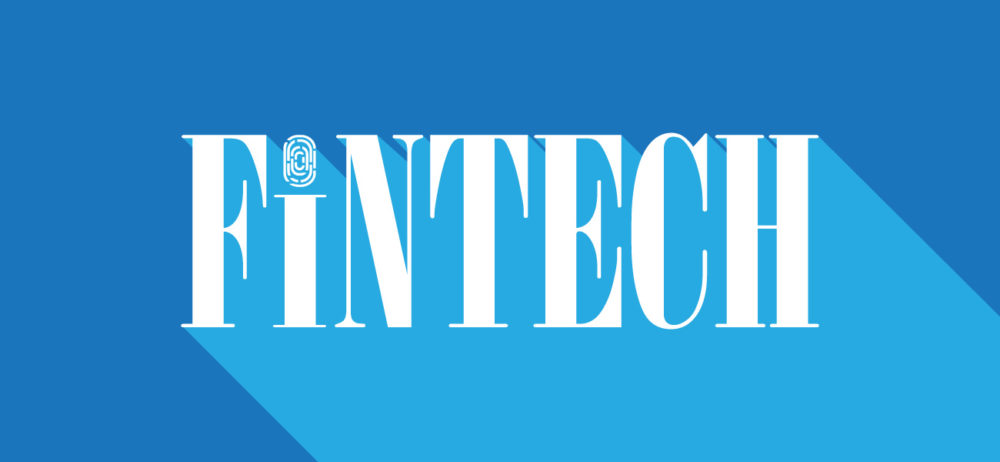Any company that is considering investment in a mobile app has likely come across the concept of “FinTech” and may wonder what it means and how it impacts the app development process.
FinTech is short for “financial technology” and encapsulates:
- Blockchain solutions
- Digital wallets
- Trading and securities
- Payment processing
- Cross-border payments
- Lending
In summary, FinTech is simply a nickname for solutions that deal with financial exchanges.
How Mobile Apps are Improved with FinTech Solutions
FinTech solutions provide the tools to create mobile apps that are more secure and more efficient.
Because financial information can create a security and privacy risk to users, it poses particular challenges to mobile app and software developers. FinTech solutions take this into account by incorporating features such as blockchain, cryptocurrencies, and secure channels for exchanging sensitive financial information.
FinTech solutions also increase efficiency by automating some processes and offering digital options for traditionally time-consuming processes such as obtaining signatures on contracts.
Finally, FinTech solutions simplify financial exchanges by providing better user experience for companies whose financial tasks might include dealing with clients, paying vendors, and exchanging assets in different currencies.
Even if you are not creating a mobile app for banking, FinTech still has implications that affect a broad range of mobile apps.
1) Non-Financial Apps Now Include Financial Features
Although experts recommend that apps launch with a focused, signature feature, it’s common for companies to later add features that incorporate payment options. FinTech solutions become even more vital as more apps roll out new features involving financial transactions.
With social media giants like Facebook offering merchants the opportunity to sell directly on their websites, it quickly became clear that financial exchanges would no longer be the sole purview of banks and other traditional financial institutions.
Over time, the trend has continued, with transportation apps transforming into meal delivery services and retailers offering in-app purchase options.
FinTech influences this broad range of mobile apps by providing solutions that reduce the complexity of financial exchanges, both for the user and for the companies managing transactions behind the scenes.
Although these apps do not deal directly with banking or traditional financial exchanges, the best practices driven by FinTech can improve user experience, security, and efficiency.
2) Freemium Apps Monetize Through In-App Transactions
One motivation for mobile apps to add financial features has been the successful rise of the “freemium” model. In the freemium model, a mobile app can be downloaded and used for free, and users are given the option of paid upgrades or in-app purchases.
In a survey of 100+ app developers from companies around the world, more than half (61%) recommended the freemium model as the most effective strategy for monetizing an app.
Although many users are now accustomed to trusting their banking apps, some might still be wary of sharing financial information with an app like Spotify, which is known for offering access to music, or a game that involves small payments for additional features.
FinTech solutions ensure that the companies behind freemium apps can provide the same level of security and reassurance that users require from their banking apps.
3) Consumer Expectations Continuously Evolve
As consumers become accustomed to the efficiency and security of banking apps, we may see expectations begin to shift.
For example, banking apps are increasingly able to offer biometric options that can be used in place of passwords or security questions. Instead, users can allow their phone to scan their fingerprint or use a voice feature.
Mobile apps that involve payment should also be prepared to serve users’ preferred payment methods. For example, in an ideal world, a user who logs onto Uber or Lyft should be able to pay with popular digital wallets such as Google Wallet or Apple’s Passbook, bitcoin, or the traditional credit card option the company typically uses.
If this seems like a farfetched or overly complicated vision of the future, PayPal serves as an early example of this evolution. When PayPal first launched, websites only offered credit card options for payment. As PayPal attracted more users, online stores had to adapt or risk losing sales from customers who preferred PayPal to entering their credit card information. Now, PayPal can be used for virtually any online purchase.
As FinTech solutions become more common in mobile apps, consumers’ preferences will inevitably continue to evolve.
Companies Should Embrace Collaboration
As a leading mobile app development company, Intellectsoft brings expertise in FinTech that can ensure companies invest in the most up-to-date mobile app technology. In a recent interview, Andrew Garkavyi, Intellectsoft’s Vice President, recommended that companies look to their app development partner for technical guidance.
“For us, it’s not enough to see what [the client] wants to build,” said Garkavyi. “[We need to understand] what they want to achieve and what results they are expecting.”
Even if an app launches with no payment or financial features, Garkavyi also reminds companies that virtually all mobile apps require refreshed features over time. Instead of coming to an app development company with a request for an app with a particular type of feature, it’s best for companies to share their overarching vision and goals for what they would ultimately like the app to become.
By sharing a long term vision for the goals behind an app from the start, companies and their development partners can work toward the common goal of building an app delivers on a company’s needs while also drawing on developers’ knowledge of emerging technologies.
To learn more about Intellectsoft’s FinTech solutions, visit our solutions page.

